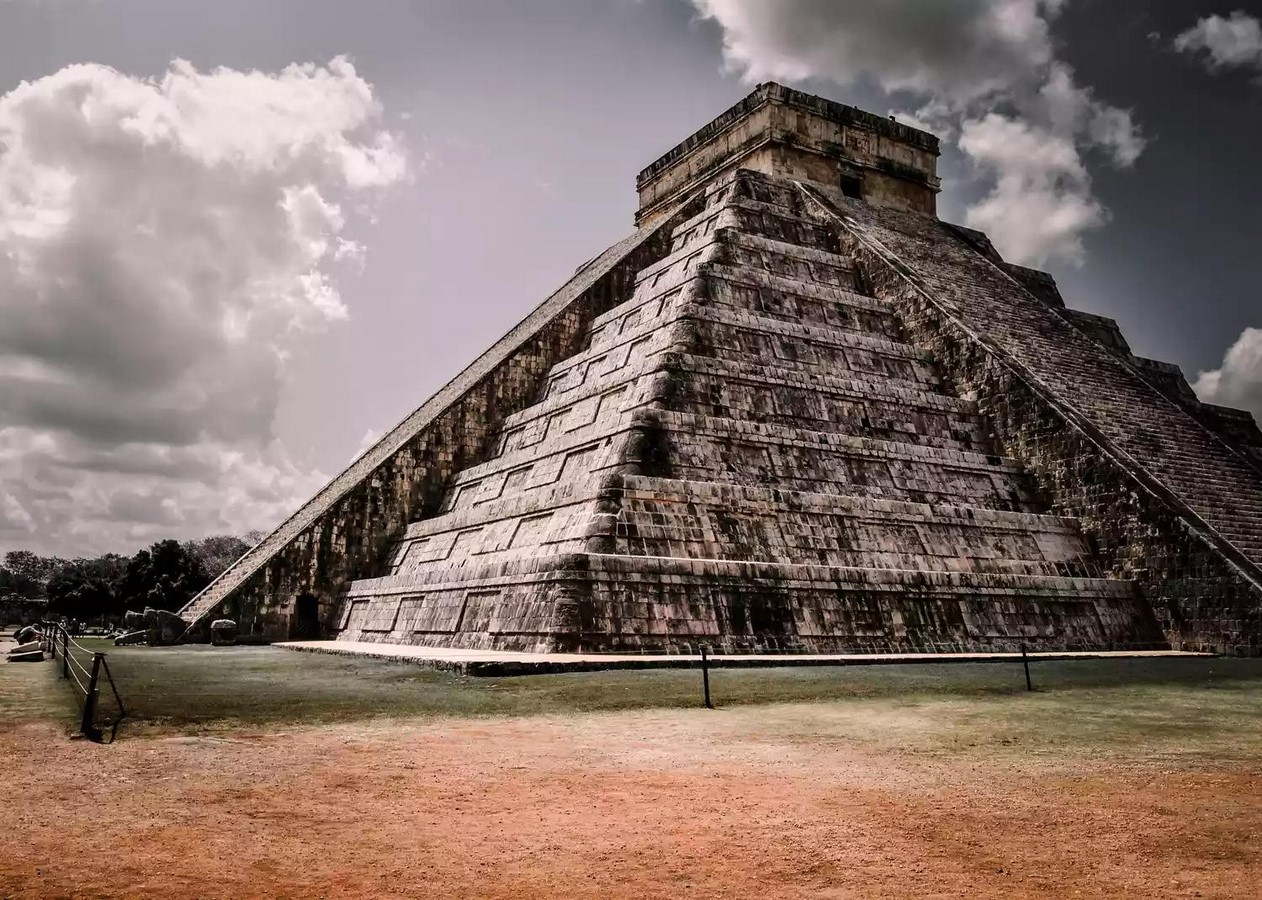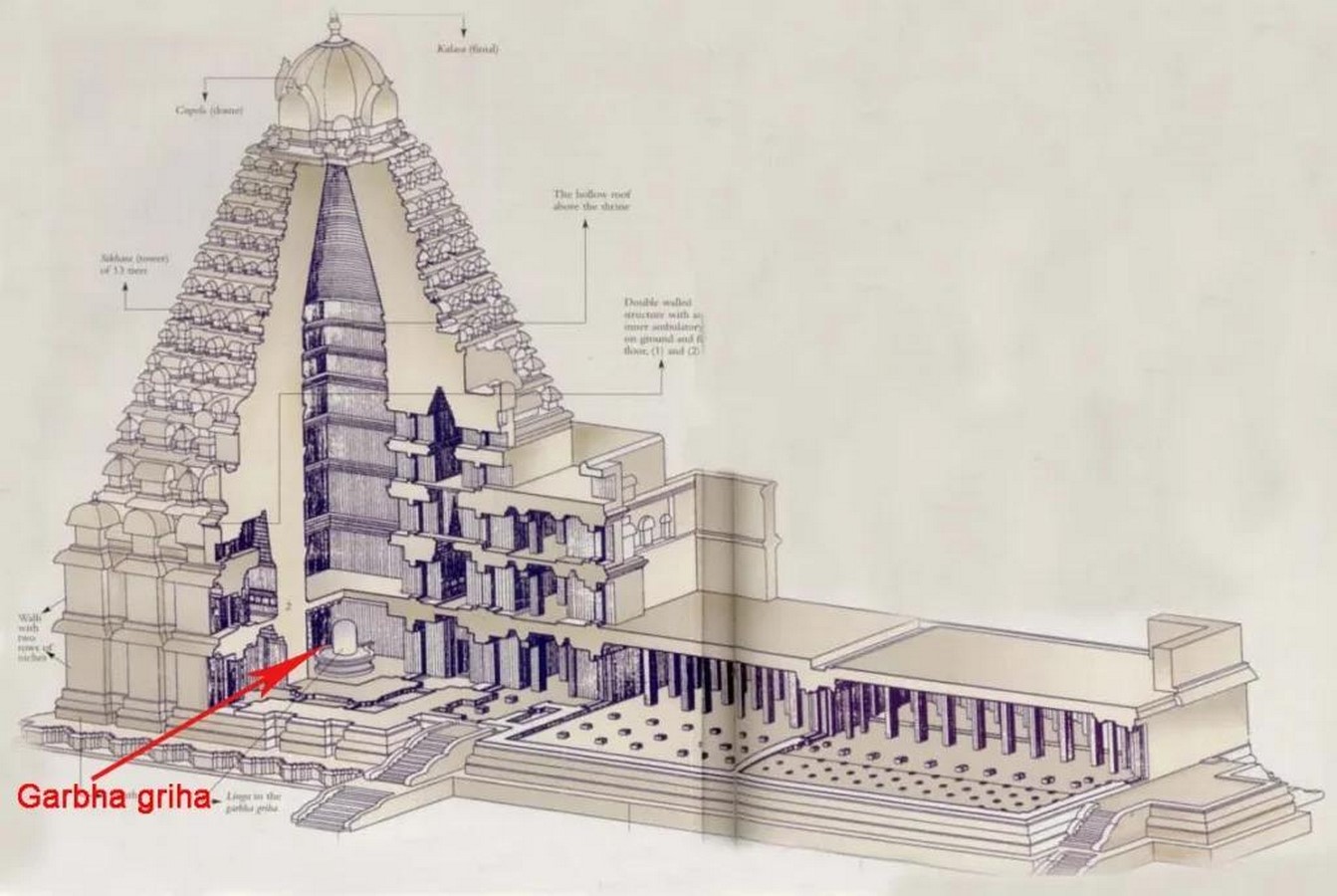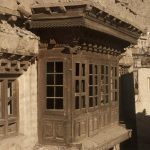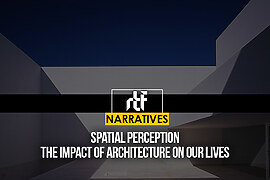“In the absence of books and formal instructions, architecture is the key to comprehending reality.” – Yi-Fu Tuan
Like us humans, all the animals of this planet live in a built shell of their own. A human being with a higher instinct level and an evolved consciousness builds with an intensive awareness. A mammal or natural being like a Weaverbird will build with a hereditary instinct like a tradition. The awareness of the built and architecture has evolved along with the human consciousness.
The first man wanders around, running from the mammoths and other deadly creatures, and finds a cave or tree branch to hide. He feels a sense of security, something that he owns and marks as his own through the drawings over the walls that tell the story of his life. The first time a man becomes aware of a defined space is when he finds something that he looks forward to returning to.

Architecture as a phenomenon starts to become tangible: The man now aware of this diverse world wants to build his space with every material, form, motif, and culture he finds interesting. He creates with more awareness of what his space would want to look like. The primitive builder is not interested in calling it his “original”; instead, he becomes aware of a personal space and develops a sense of ownership. Like an Eskimo builds an Igloo every night, a man of a traditional community, like peasants and shifting cultivators, builds their own houses when vacating the forest patch. Hence, active participation in creating a space becomes a repetitive process in a man’s life, enabling him to become more aware of the built.


Architecture as a phenomenon of a higher reverence: Having gods and great men walked on the land, the man’s consciousness becomes more aware when he participates in “the act of worship” to these primordial beings in reverence to his space. He starts building his foundation with a ceremonial rite and sacrifice. He performs rituals or Bhoomi-puja, invoking the god’s presence for prosperity and protection for his new space. When engaging in such an act, a group of people’s consciousness forms a sense of gravitas and attentiveness to the present moment. Thus, construction becomes a medium for the man’s conscience to become aware of his reality.
Architecture as a phenomenon marks man’s intelligence: Along with man’s awareness, is rising his intelligence, the only ability that makes the human’s actions more conscious than a mere instinct like of an animal. He is now in the process of becoming a master builder. He wants to call his “design” an original. His work started to become a systematic process for building, with drawings and plans. His decisions start reverberating with his sense of knowledge to construct and enable him to feel the authority. He starts to make pragmatic decisions and envisions spaces. This kind of spatial consciousness is yet not experienced by a man living a primeval life in the depths of forests. At this moment, there is a seemingly visible contrast in the two men’s idea of space, implying the two levels at which the consciousness has evolved.
Architecture in resonance to a man’s sensibility: A human being’s emotions are more conscious of his environment than the animals. The man’s translation of his sensibility to it is seen by creating public, semi-public, and private spaces in a literal and interpretative manner. For example, the courtyard of a house diverges into the private interiors whose blank walls face the outside world. It develops as an idea of intimacy and exposure with respect to the inside and the outside. A tribal settlement with their dwellings along the edges forming an enclosed area, with one central communal space marks a peculiar division of public and private space. When two humans are enjoying, chattering at the window, it is an individual engagement. However, when a man stands in the social space and speaks for the whole group, it defines a public engagement.
Architecture as an embodiment diverges into different identities: Settled with his children and family, neighbors and relatives, the men start to identify as one community. They share the same geographical roots, culture, language, and ideology. Religion as a belief system has made progress in defining the identity of a settlement, which now reflects in the typology of the houses he builds. He draws his inspiration from his context to create. Bringing in the idea of an identity to the built, it responds positively to the feelings and senses of people of the community.


Architecture for the illuminated monumental interiors: A human, since the earliest of his days, living by nature’s side, did not develop a consciousness to comprehend the exuberance of the vastness of its energy and scale. Although over time, human’s sense of awareness of space has evolved. The man builds the pantheon, with a fenestration at the top that illuminates the interior and exaggerates the scale to which the visitor emotionally responds.
Architecture that instructs: The man creates building elements that instruct the viewer towards the intended sensorial experiences. They are directed through the touch, look, and feel of the space. The man now builds a temple in the Southern part of India. The steps to the entrance elevate the space, hence elevating the consciousness. The plan is symmetrical with a series of columns, which gives an order. He sculpts the pillars with stories and fascinating figures, which makes one stay grounded to that space. Transcending towards the Sanctorum, he is now fully conscious of his presence. The Grabha Griha (sanctorum) of the temple faces the Vimana at the top, which rises towards the sky. Hence, at this point, the human consciousness has attained its highest form, connecting to the cosmos.

Architecture and our lives have timelessly impacted each other since mankind has developed consciousness towards its environment. From the times in the cave up to the attempt to connect to the cosmos, architecture as an idea of space-making reflects the understanding of human sensitivity towards their evolving way of life.
References:
Tuan, Y.-F. (1977). Space and place: the Perspective of Experience. Minneapolis, Mn: University of Minnesota Press.
Sharma, S. & Deshpande S. (2017). Architectural Strategies used in Hindu Temples to emphasize sacredness. Journal of Architectural and Planning Research. Volume 34 (4). Available from: [Accessed : 13 October 2023]
























